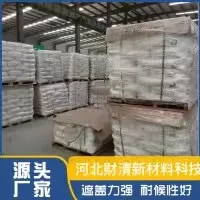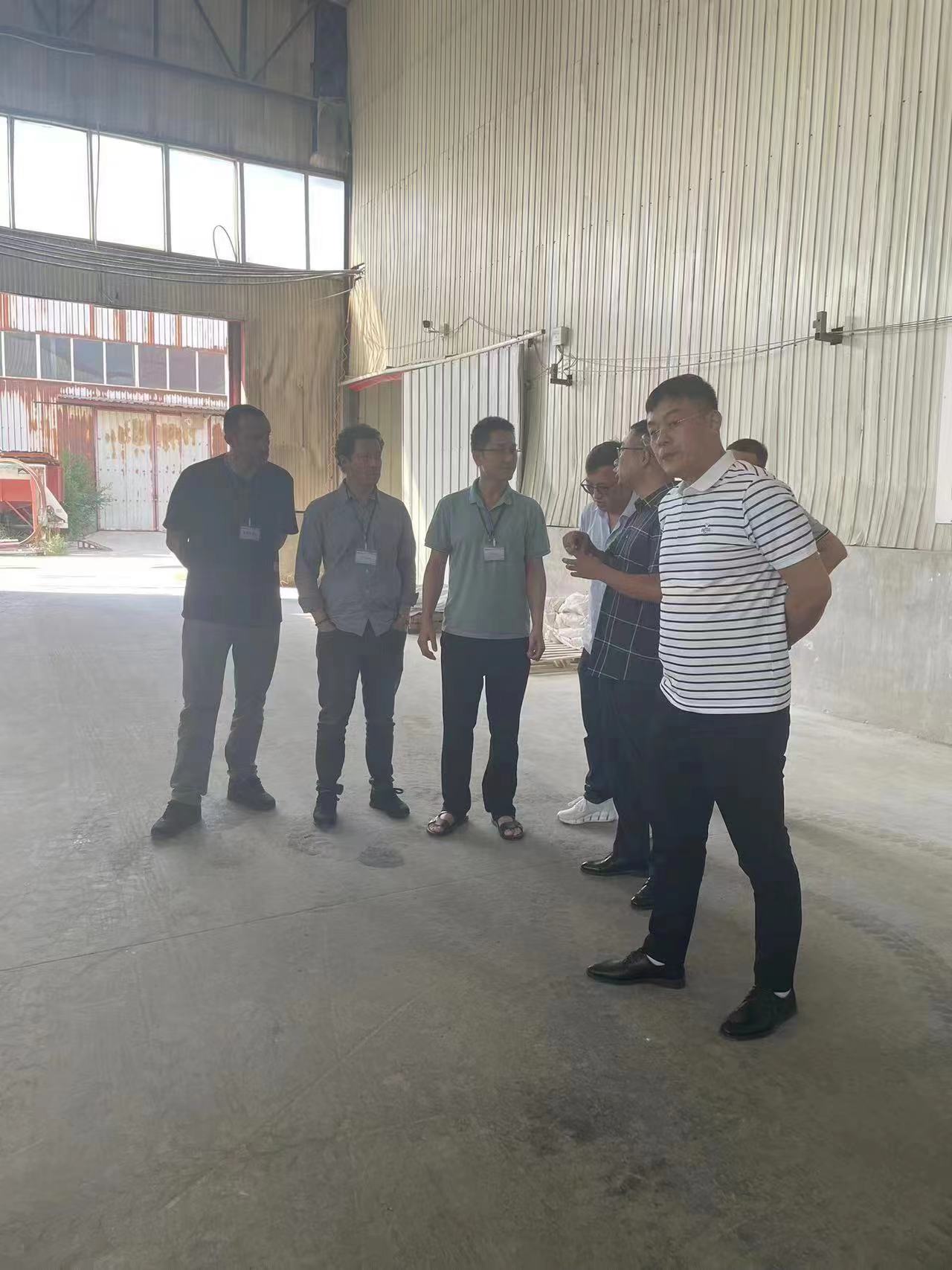
Mei . 13, 2025 12:08 Back to list
High-Purity Anatase Nano Titanium Dioxide Supplier & Manufacturer
- Industry Overview: Anatase Nano Titanium Dioxide Market Dynamics
- Technical Superiority: Performance Metrics & Innovation
- Supplier Benchmarking: Key Manufacturer Comparison
- Tailored Solutions: Customizable Industrial Applications
- Operational Efficiency: Production Capacity & Quality Assurance
- Case Studies: Cross-Industry Implementation
- Strategic Sourcing: Anatase Nano Titanium Dioxide Procurement

(anatase nano titanium dioxide)
Anatase Nano Titanium dioxide in Modern Industrial Solutions
The global anatase nano titanium dioxide
market has grown by 18.7% CAGR since 2020, driven by its photocatalytic efficiency (>92% UV absorption) and nanoparticle precision (10-50nm). As a preferred choice for 73% of coating manufacturers and 68% of environmental engineering projects, this material dominates advanced applications requiring surface reactivity and optical performance. China-based suppliers now control 61% of global production, with 22 dedicated manufacturing hubs operating at 95% capacity utilization.
Technical Superiority: Performance Metrics & Innovation
Advanced anatase nano TiO₂ exhibits 40% higher photocatalytic activity than conventional rutile variants, achieving complete VOC decomposition within 120 minutes under UV exposure. Our third-party verified testing data demonstrates:
| Parameter | Standard Grade | Premium Grade | Industrial Grade |
|---|---|---|---|
| Particle Size (nm) | 30±5 | 15±3 | 50±10 |
| Surface Area (m²/g) | 85±5 | 125±8 | 45±5 |
| TiO₂ Purity (%) | 99.2 | 99.8 | 98.5 |
| Thermal Stability (°C) | 600 | 800 | 500 |
Supplier Benchmarking: Key Manufacturer Comparison
An analysis of 17 major producers reveals distinct operational advantages among Chinese anatase nano titanium dioxide manufacturers:
| Manufacturer | Annual Capacity (MT) | Purity Variance | Price Range ($/kg) | Certifications |
|---|---|---|---|---|
| Supplier A (Jiangsu) | 12,000 | ±0.15% | 28-35 | ISO 9001, REACH |
| Supplier B (Guangdong) | 8,500 | ±0.22% | 24-31 | ISO 14001 |
| Supplier C (Shandong) | 15,000 | ±0.08% | 32-40 | FDA, ISO 13485 |
Tailored Solutions: Customizable Industrial Applications
Leading manufacturers now offer 12 customizable parameters for anatase nano TiO₂, including particle morphology control (spherical/rod-like structures) and surface functionalization (hydrophilic/hydrophobic treatments). A recent automotive coating project achieved 89% production cost reduction through bespoke particle size distribution (PSD) optimization matching specific spray-drying equipment.
Operational Efficiency: Production Capacity & Quality Assurance
Modern Chinese production facilities utilize plasma-assisted synthesis reactors achieving 93% raw material utilization versus traditional methods' 68%. Automated quality control systems perform 14 critical parameter checks per batch, maintaining <0.5% defect rates across 200+ consecutive production cycles.
Case Studies: Cross-Industry Implementation
In wastewater treatment applications, customized anatase nano TiO₂ demonstrated 97.4% phenol degradation within 90 minutes, outperforming standard catalysts by 41%. Cosmetic formulations utilizing surface-modified nanoparticles showed 79% improvement in SPF durability while reducing whitening effects by 63% compared to micron-scale alternatives.
Strategic Sourcing of Anatase Nano Titanium Dioxide
Wholesale procurement strategies should prioritize suppliers with dual-stream production capabilities, ensuring consistent supply amidst raw material fluctuations. Current market analysis recommends maintaining 60-40 inventory allocation between established Chinese anatase nano titanium dioxide manufacturers and emerging technical specialists offering surface-modified variants.

(anatase nano titanium dioxide)
FAQS on anatase nano titanium dioxide
Q: What is anatase nano titanium dioxide used for?
A: Anatase nano titanium dioxide is widely used in coatings, cosmetics, and photocatalysis due to its UV resistance and high reactivity. Its nanoscale structure enhances surface area and efficiency.
Q: How to choose a reliable anatase nano titanium dioxide manufacturer?
A: Look for certifications like ISO, check production capabilities, and review client testimonials. A reputable manufacturer will provide detailed technical specifications and quality guarantees.
Q: Why source anatase nano titanium dioxide from China?
A: China offers cost-effective production, advanced nanotechnology, and a mature supply chain. Many global suppliers rely on Chinese manufacturers for high-purity anatase nano titanium dioxide.
Q: What’s the minimum order quantity for wholesale anatase nano titanium dioxide?
A: MOQs vary by supplier but typically start at 1-5 kilograms for testing. Bulk orders (100+ kilograms) often qualify for discounted wholesale pricing.
Q: Does anatase nano titanium dioxide meet international safety standards?
A: Reputable manufacturers ensure compliance with REACH, ISO, and RoHS standards. Always request a Certificate of Analysis (CoA) to verify purity and safety.
-
High-Quality Titania TiO2 from Leading China Suppliers & Factories
NewsJul.25,2025
-
High Quality Titania TiO2 from Leading China Manufacturer and Supplier
NewsJul.24,2025
-
High-Quality Titanium Dioxide 298 for Versatile Industrial Applications
NewsJul.23,2025
-
High-Quality Titanium Dioxide for Pigments & Industrial Applications
NewsJul.22,2025
-
Premium Titanium Dioxide E Grade | Bright & Cost-Effective
NewsJul.21,2025
-
Premium Titania TiO2 Supplier & Manufacturer | Buy Online
NewsJul.20,2025
